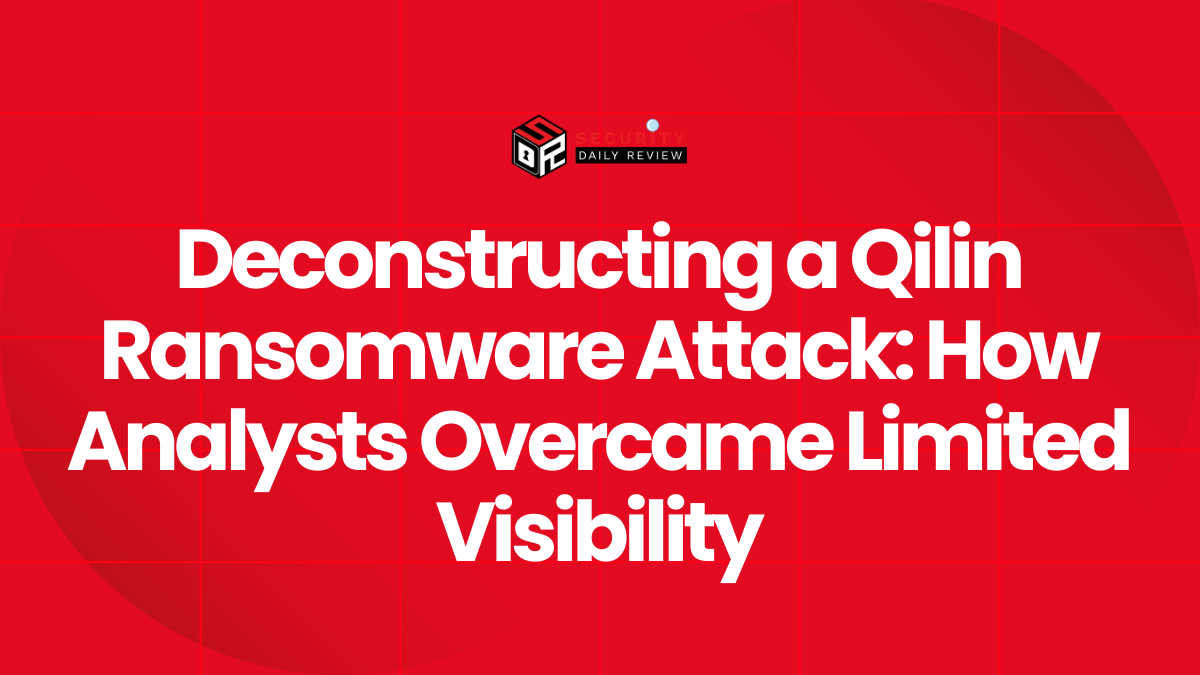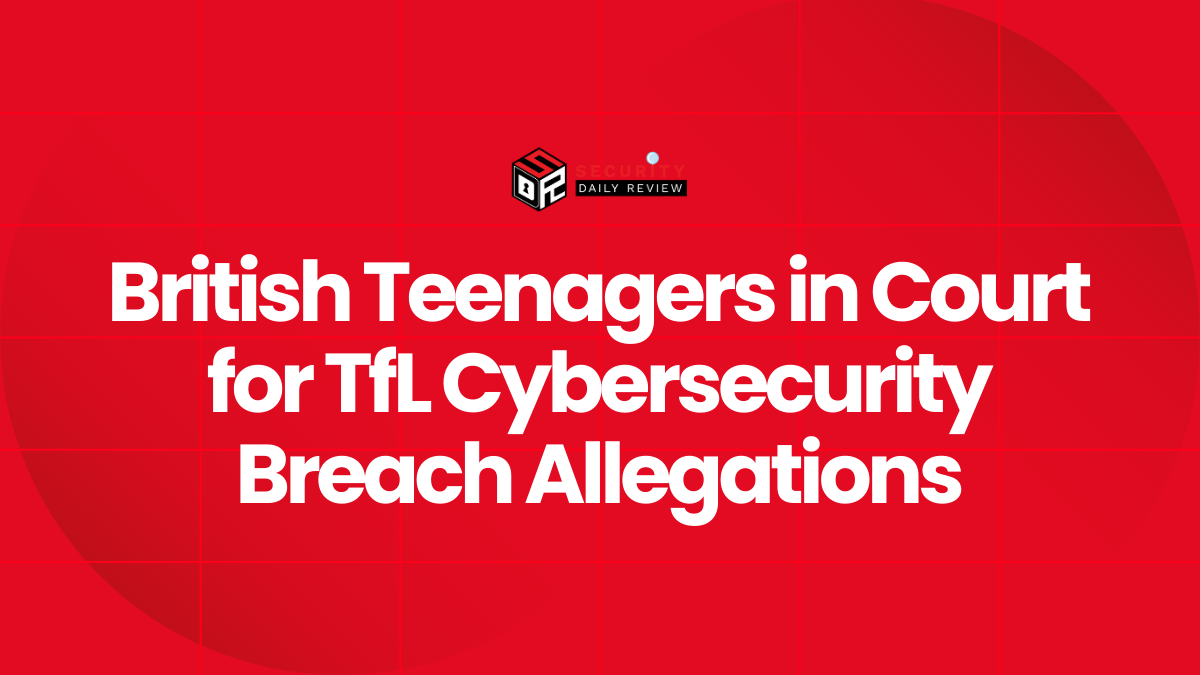Ransomware attacks continue to evolve in complexity, challenging cybersecurity professionals to adapt their defenses. Huntress analysts recently reconstructed an attack orchestrated by the Qilin ransomware group, demonstrating innovative approaches for dealing with highly restricted data logs. With visibility reduced to a mere “pinhole,” the insights gained from this exercise emphasize the importance of validating multiple data sources to detect malicious activities.
Analyzing the Qilin Ransomware Attack Infrastructure
How Analysts Unraveled the Attack
Upon discovering a single compromised endpoint, Huntress analysts set out to piece together the nuanced execution of the Qilin ransomware attack. Utilizing limited logs, they were able to map the rogue ScreenConnect access, track failed infostealer attempts, and ultimately reveal the ransomware execution path. The success of this investigation underscores a vital lesson: cybersecurity experts can uncover hidden threats even when data availability is severely constrained.
- Rogue ScreenConnect Access : Initial access was orchestrated through unauthorized use of ScreenConnect, a popular remote access tool. This represents a common entry vector for attackers seeking to exploit vulnerabilities in remote work setups.
- Failed Infostealer Attempts : The investigation highlighted unsuccessful attempts by attackers to deploy infostealers, malware designed to extract sensitive information. While these attempts failed, their presence is indicative of a broader strategy aimed at exfiltrating data prior to ransomware deployment.
- Ransomware Execution Pathway : By carefully analyzing the logs and validating multiple data segments, analysts reconstructed the ransomware’s execution pathway. This deepened understanding of the attackers’ tactics and techniques, providing critical insights for future defenses.
The Importance of Data Validation
The reconstruction of the Qilin ransomware attack using limited data demonstrates a critical aspect of cybersecurity: the ability to improvise and apply adaptive strategies. In scenarios where visibility is restricted, validating multiple data sources becomes paramount. This approach not only aids in identifying potential threats but also refines the understanding of attacker behavior, empowering security teams to strengthen their defenses proactively.
Strategic Implications for Cybersecurity Professionals
Mitigating Qilin Ransomware Attack Risks
Cybersecurity professionals must continuously evolve their methodologies to tackle sophisticated threats like the Qilin ransomware. Important strategies include:
- Enhanced Monitoring Tools : Implementing advanced monitoring tools capable of integrating disparate data sources offers a comprehensive view of potential security threats.
- Regular Security Audits : Conducting regular audits ensures vulnerabilities are identified and addressed promptly, minimizing potential entry points.
- Incident Response Plans : By having well-defined response plans in place, organizations can respond swiftly to incidents, mitigating damage and expediting recovery.









